Nutmeg or Cinnamon: Warm Spice Showdown
Nutmeg vs. cinnamon creates a fascinating contrast in the world of beloved kitchen spices.
Aromatic powerhouses bring distinctive warmth to countless dishes across global cuisines.
The rich history behind these spices spans centuries, with traders once valuing them as highly as gold.
Many home cooks find themselves reaching for both options when preparing seasonal favorites during fall and winter months.
Interesting differences exist in their flavor profiles - one offers more sweetness while the other brings subtle complexity.
This guide will reveal exactly how to enhance your cooking with each of these magnificent spices.
Aromatic Nutmeg: What Is It?
Nutmeg is a fragrant spice made from the seed of the nutmeg tree (Myristica fragrans), which is native to the Banda Islands in Indonesia. The seed is dried and ground into a powder that’s commonly used to flavor both sweet and savory dishes around the world.
Nutmeg has a warm, slightly sweet, and nutty flavor with hints of clove and pepper, making it popular in baking, desserts, beverages like eggnog, and spice blends.
Beyond baking, nutmeg pairs wonderfully with various meats, root vegetables, and winter squash varieties in savory applications.
The Overview of Cinnamon
Cinnamon is a popular spice derived from the inner bark of trees belonging to the genus Cinnamomum. Native to regions like Sri Lanka, India, and Southeast Asia, it has been treasured for thousands of years for its warm, sweet, and slightly spicy flavor.
Cinnamon is available primarily in two forms: cinnamon sticks (quills) and ground powder, both widely used in cooking and baking.
Cinnamon’s distinctive aroma and taste also shines in savory recipes such as stews and curries.
The Comparison of Nutmeg and Cinnamon
Let's discuss in details about the difference between nutmeg and cinnamon in various aspects, from origins to nutritional benefits.
This table highlights the key distinctions between nutmeg and cinnamon in a clear and brief way.
| Feature | Nutmeg | Cinnamon |
| Origin | Indonesia | Southeast Asia, Sri Lanka |
| Part Used | Seed | Bark |
| Varieties | True nutmeg, California nutmeg (inedible) | Ceylon (true), Cassia (common), others |
| Appearance | Oval, gray-brown seed, rough surface | Light brown bark; Ceylon thin, Cassia thick |
| Form | Whole seed or ground | Quills or ground |
| Flavor | Warm, sweet, nutty, mildly spicy | Sweet, woody, warm; Ceylon delicate, Cassia stronger |
| Aroma | Nutty, slightly spicy | Sweet, pungent, resinous |
| Price & Popularity | More expensive, longer growth (7-20 years) | More common; Ceylon pricier, Cassia cheaper |
| Culinary Use | Savory dishes, autumn recipes, baking | Sweet dishes, drinks, baking, infusions |
| Common Pairings | Gentle spices like ginger, cloves | Strong spices like fenugreek, curry powders |
Varieties
There are several varieties of nutmeg, but only a few are used in cooking, such as the true nutmeg and the California nutmeg - which looks similar but is not edible. Cinnamon boasts more edible varieties, the most common being Ceylon cinnamon (true cinnamon), prized for its delicate flavor, and cassia cinnamon (also known as Chinese cinnamon), which is stronger and more widely used.
Other varieties like Saigon or Indonesian cinnamon are regional relatives.
Appearance
Fresh nutmeg looks like a small apricot with a shiny yellow peel. Once dried, nutmeg seeds are oval-shaped, about 0.8 to 1.2 inches long, with a rough, grayish-brown, furrowed surface resembling a mix between a walnut and an almond. Cinnamon bark varies by type; Ceylon cinnamon is thin, papery, and light tan, composed of multiple thin layers, while cassia is thicker, darker, and more rigid, often appearing as a single thick quill.
Form
Nutmeg is the seed of the nutmeg tree, harvested from within the fruit and separated from the outer shell and the lace-like covering called mace. Cinnamon is derived from the bark of the cinnamon tree.
After harvesting, the bark is peeled, dried, and curled into quills, which are then sold whole or ground.
Flavor And Aroma
Nutmeg offers a subtle, warm, and sweet flavor with nutty and slightly spicy notes. Its aroma is unique, somewhat reminiscent of sweet, slightly sour milk just beginning to curdle, with mild earthy undertones.
In contrast, cinnamon’s flavor is warmer and sweeter. True (Ceylon) cinnamon has a delicate, nuanced taste with a woody, resinous quality, while cassia cinnamon is stronger, spicier, and somewhat bitter.
Cinnamon’s aroma is rich, sweet, and pungent due to cinnamaldehyde compounds.
Culinary Use
Nutmeg shines in savory dishes, especially hearty autumn recipes like scalloped potatoes, venison, and creamy cheese dishes. It is also a key spice in blends like pumpkin pie spice, adding warmth and subtle spice to desserts and beverages like eggnog and cappuccinos.
Cinnamon is predominantly used in sweet dishes, such as cookies, rice pudding, and spiced drinks. Cinnamon sticks are excellent for infusing liquids gently, while ground cinnamon is great for baking and seasoning hot drinks like lattes and hot chocolate.
Combination with Other Spices
Nutmeg’s subtle and sweet profile pairs well with gentle spices like allspice, ginger, and cloves, creating rich, warm blends common in autumn and winter dishes. Cinnamon, being bolder, complements stronger spices such as fenugreek and is frequently combined in curry powders and Indian spice mixes to enhance savory dishes’ complexity.
Popularity And Price
Nutmeg is less widely produced than cinnamon and takes much longer to mature; nutmeg trees require 7 to 9 years before the first harvest and up to 20 years to reach full production, making nutmeg relatively expensive. Cinnamon trees mature faster, producing harvestable bark within 2 years, and are more commonly grown worldwide.
Ceylon cinnamon tends to be pricier due to its superior quality, while cassia is more affordable and more commonly available.
Health Benefits
Nutmeg is rich in minerals like copper, magnesium, and phosphorus, and contains folate. It also has anti-inflammatory properties and antioxidants that support overall health.
Cinnamon is a great source of potassium, calcium, fiber, and iron and is known for its potent polyphenol antioxidants, which help reduce inflammation, protect against infection, and promote tissue repair.
Here is a nutrient table of nutmeg and cinnamon (per 100g).
| Nutrient | Nutmeg | Cinnamon |
| Saturated Fat | 25.9 g | 0.345 g |
| Monounsaturated Fat | 3.22 g | 0.246 g |
| Folate | 76 µg | 6 µg |
| Phosphorus | 213 mg | 64 mg |
| Magnesium | 183 mg | 69 mg |
| Copper | 1.03 mg | 0.339 mg |
| Potassium | 350 mg | 431 mg |
| Fiber | 20.8 g | 53.1 g |
| Iron | 3.04 mg | 8.32 mg |
How to Substitute Nutmeg and Cinnamon
Need to swap out nutmeg or cinnamon? Whether you’ve run out or want to try something new, there are great alternatives that can match their warm, spicy flavors.
Here’s a quick guide to the best substitutes and how much to use.
For Nutmeg
Check this table for substitution for nutmeg, including common substitutes and suggested substitution ratios:
| Substitute | Substitution Ratio (per 1 tsp) | Notes |
| Mace | 1 tsp mace = 1 tsp nutmeg | Mace is the outer covering of nutmeg seed; similar flavor but slightly more delicate. |
| Pumpkin Pie Spice | 1 tsp pumpkin pie spice ≈ 1 tsp nutmeg | Contains nutmeg, cinnamon, cloves, and ginger; good for desserts. |
| Ground Cinnamon | 1 tsp cinnamon = 0.5–0.75 tsp nutmeg | Sweeter and less spicy; use slightly less. |
| Allspice | 1 tsp allspice = 0.5–0.75 tsp nutmeg | Warm flavor, combines cinnamon, nutmeg, and cloves notes. Use sparingly. |
| Ground Cloves | 1 tsp cloves = 0.25 tsp nutmeg | Stronger and more pungent; use in smaller amount. |
For Cinnamon
Here is a substitution table for cinnamon. Give it a check!
| Substitute | Substitution Ratio (per 1 tsp) | Notes |
| Cassia | 1:1 ratio | Cassia is a cinnamon variety with a stronger, more pungent flavor. |
| Ground Nutmeg | 1 tsp nutmeg = 0.75–1 tsp cinnamon | Nutmeg is stronger; adjust amount to taste. |
| Allspice | 1 tsp allspice = 1 tsp cinnamon | Similar warm flavor; works well in sweet and savory dishes. |
| Pumpkin Pie Spice | 1 tsp pumpkin pie spice = 1 tsp cinnamon | Contains cinnamon and other spices; good for baking. |
| Ground Ginger | 1 tsp ginger = 0.5–0.75 tsp cinnamon | Different flavor profile but can add warmth in a pinch. |
How to Store Nutmeg and Cinnamon Right
Keep in mind these storing tricks to make sure your nutmeg and cinnamon is alway ready to use.
Got Questions? We’ve Got Solutions
1. What dishes pair well with nutmeg?
Nutmeg enhances creamy dishes like custards, bechamel sauce, and eggnog. It's perfect in pumpkin pie, mashed potatoes, and with spinach dishes. A little goes a long way as too much can make food bitter.
2. Can I substitute cinnamon for nutmeg in recipes?
Yes, you can substitute cinnamon for nutmeg, but the flavor will be different. Cinnamon is sweeter and more versatile while nutmeg is more pungent. Start with equal amounts and adjust to taste.
3. How should I store these spices to maintain freshness?
Store both spices in airtight containers away from heat, moisture, and direct sunlight. Whole nutmeg and cinnamon sticks stay fresh for 3-4 years, while ground versions last about 6 months to 1 year before losing potency.
4. Are there health benefits to using nutmeg and cinnamon?
Both spices contain antioxidants and anti-inflammatory compounds. Cinnamon may help regulate blood sugar levels, while nutmeg in small amounts can aid digestion. Use them moderately as part of a balanced diet.

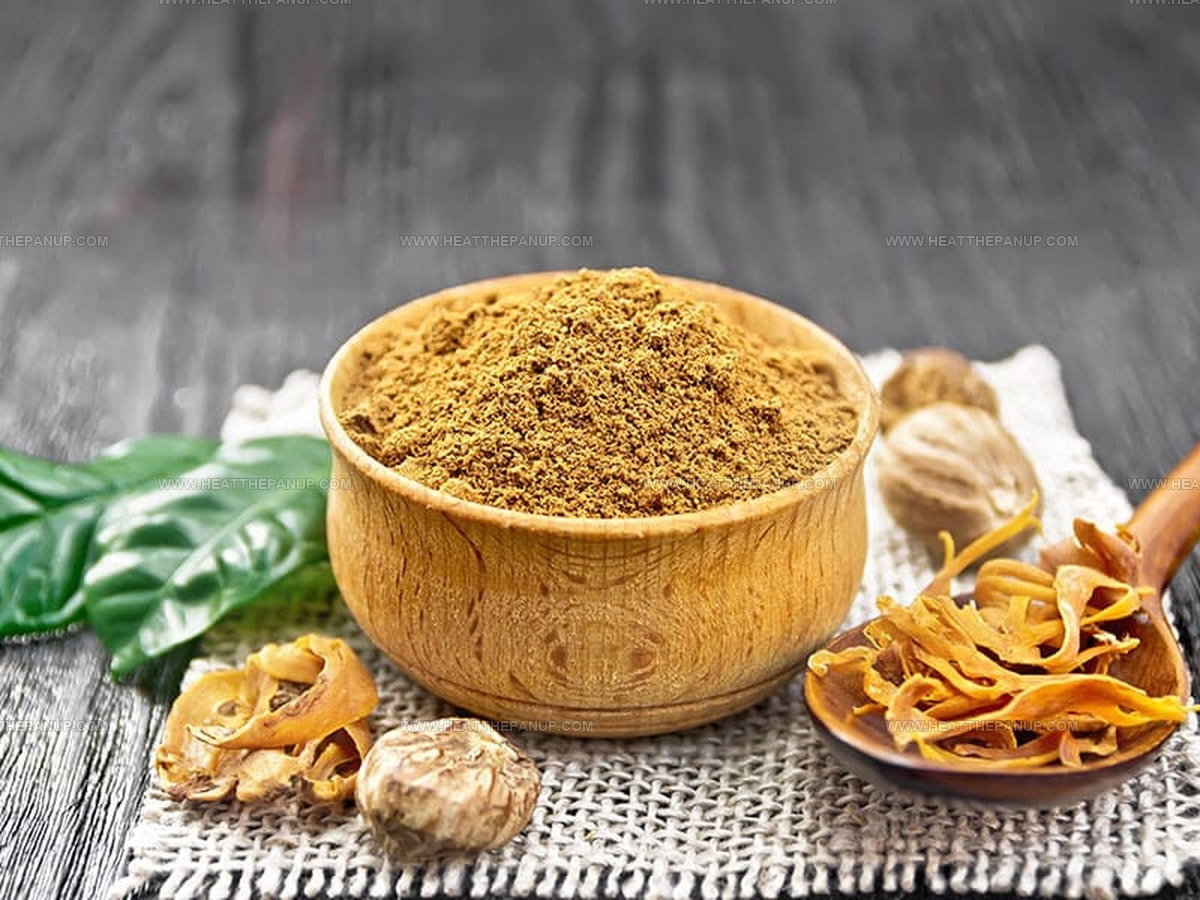
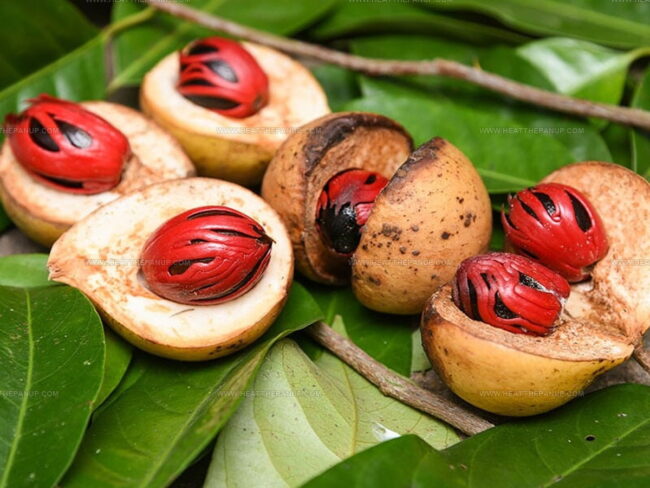
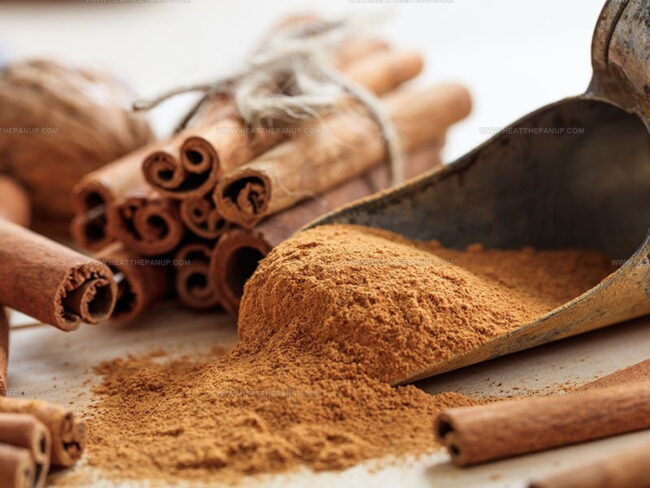
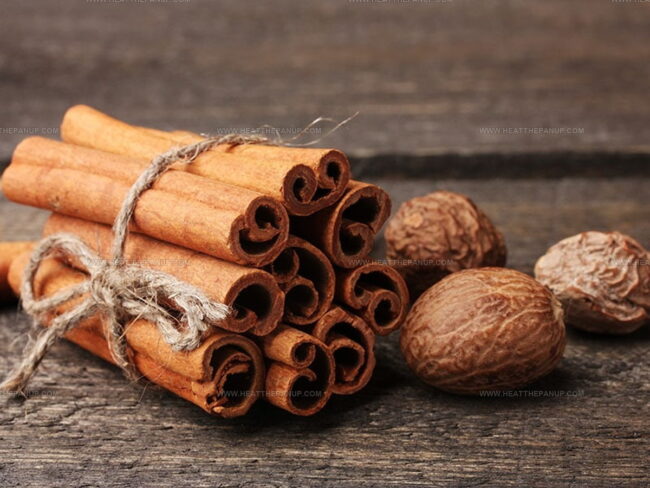
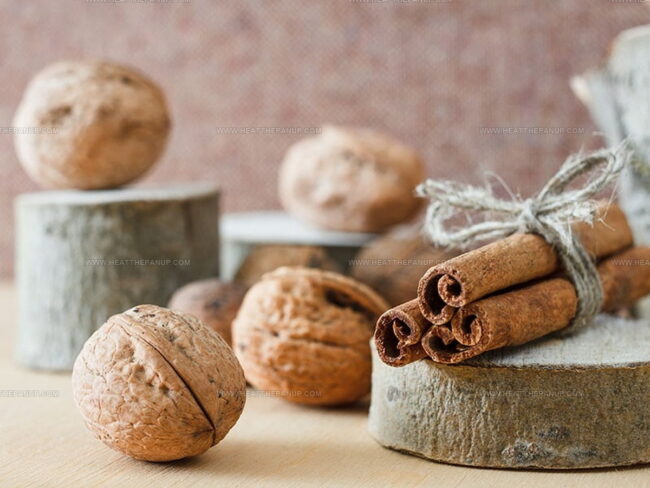
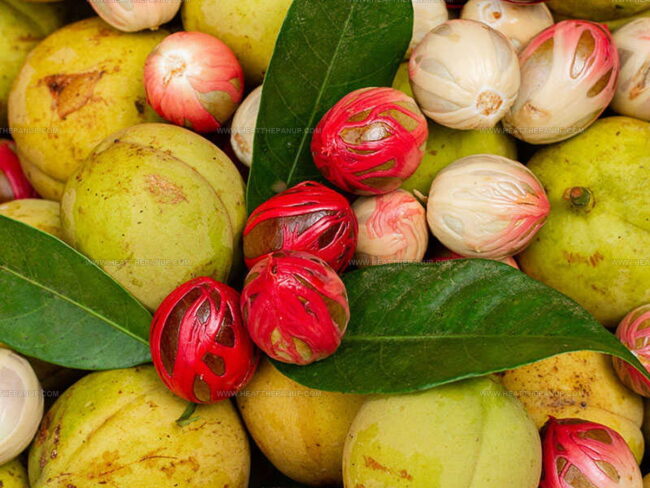
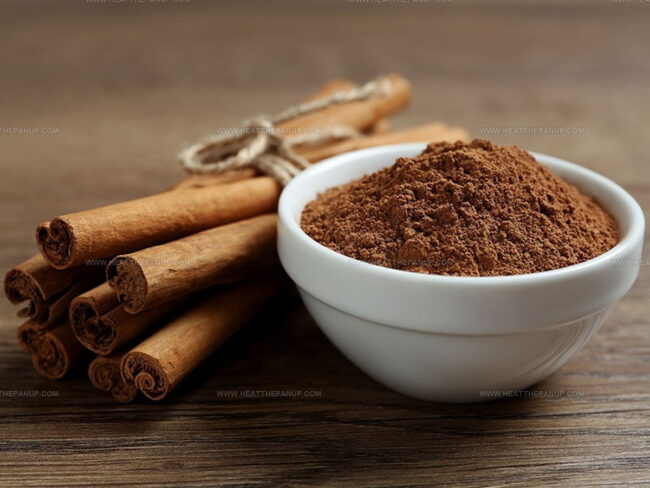
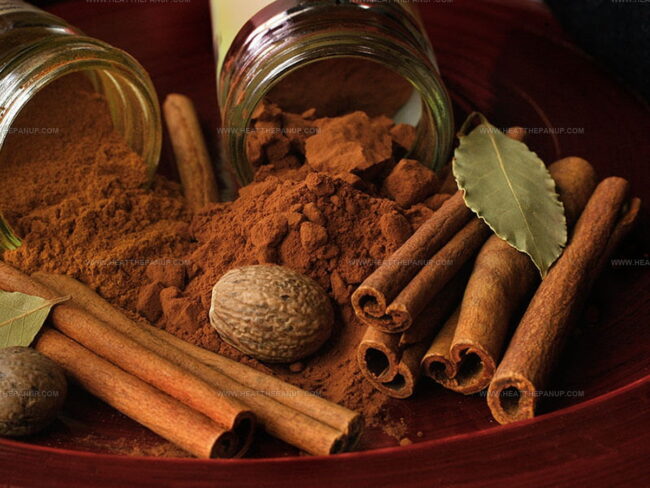

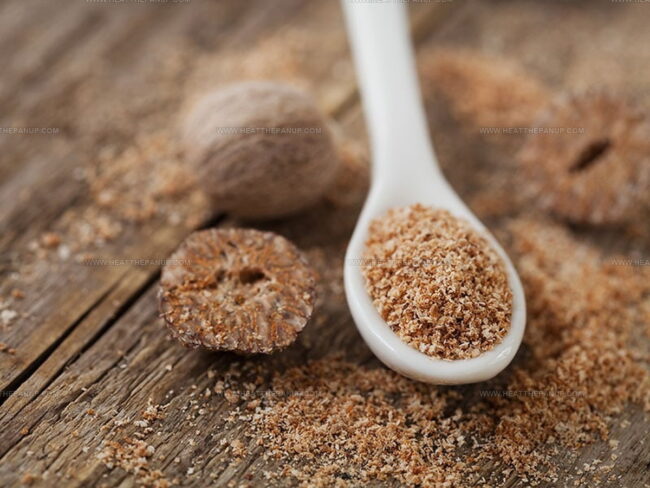
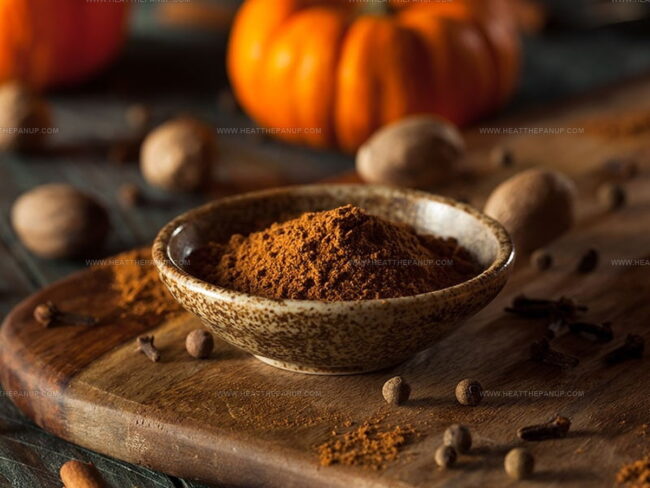
James Hambly
Founder & Recipe Creator
Expertise
Recipe Development, Culinary Education, Farm-to-Table Cooking, Southern Cuisine
Education
Asheville-Buncombe Technical Community College
Certificate in Culinary Arts
Focus: Hands-on training in professional cooking techniques, emphasizing farm-to-table practices and Southern cuisine.
The Chef’s Academy
Associate Degree in Culinary Arts
Focus: Comprehensive culinary education covering global cuisines, kitchen management, and food safety.
James grew up surrounded by the smells of cast-iron skillets and slow-cooked Southern meals in Asheville, North Carolina.
He sharpened his skills with a Certificate in Culinary Arts from Asheville-Buncombe Technical Community College, and later leveled up with an Associate Degree from The Chef’s Academy.
James’s philosophy is simple: the best meals don’t need fancy tricks, just fresh ingredients, a hot pan, and a little bit of heart. His favorite days are spent testing one-pan wonders, chasing bold flavors, and creating recipes that feel easy, even on a busy night.